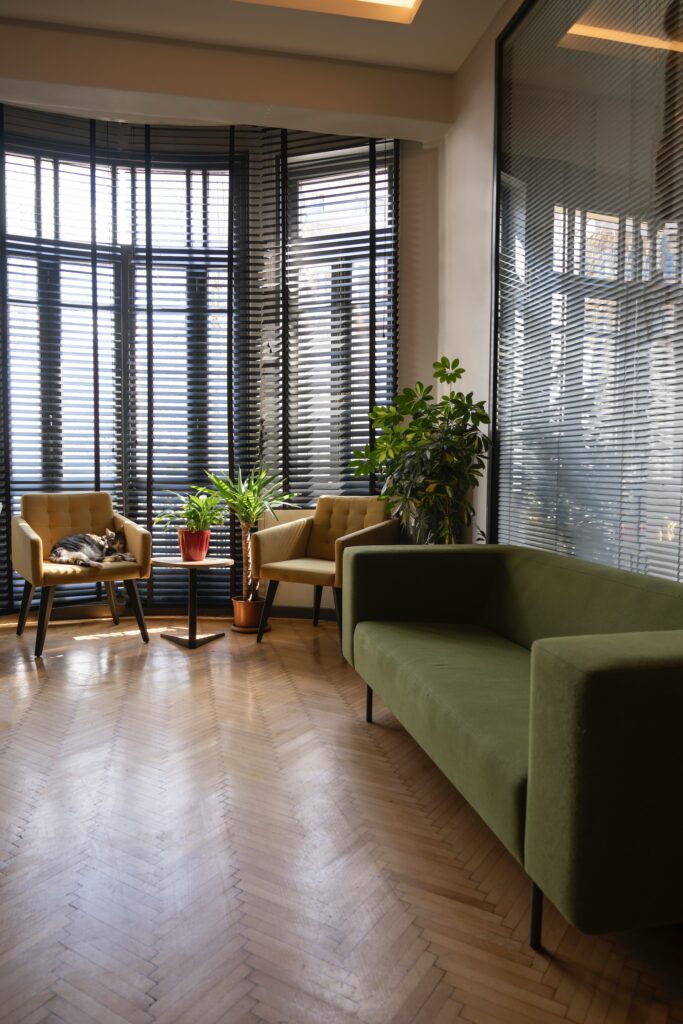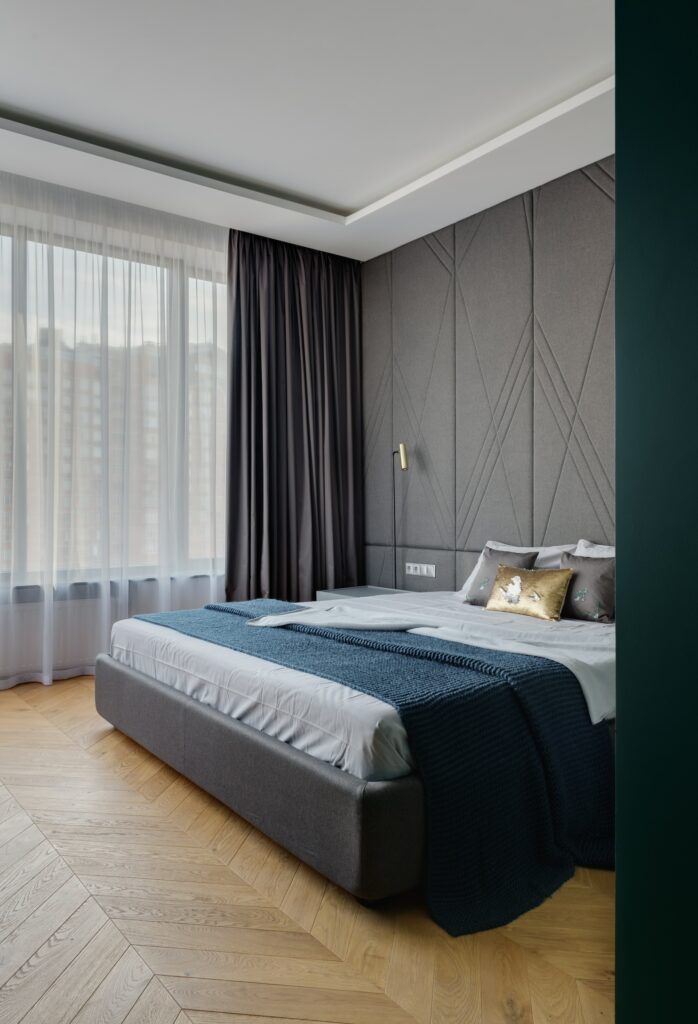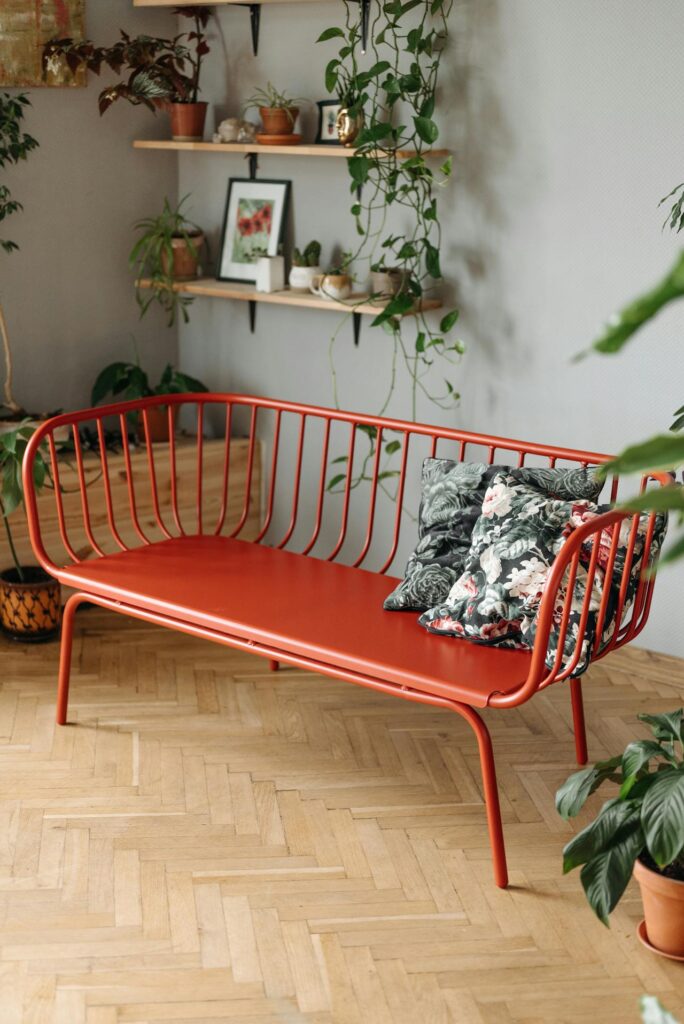“There’s something timeless about a well-laid herringbone floor. It’s like a fine tailored suit – classic, elegant, and forever in style.” – Interior Designer Jane Clayton.
Herringbone flooring isn’t just back. It’s thriving. Once considered a symbol of stately manor houses and opulent Victorian townhouses, herringbone is making a bold return in modern UK homes.
Why? Because it combines heritage-perfected design with a modern twist, transforming spaces in a way few other styles can. From stylish London flats to spacious suburban homes, herringbone is weaving its way back into our interiors.
But what’s the fuss all about? And why should you consider it for your home? Here’s why…
A Design That Steals The Show
Herringbone is more than a type of flooring – it’s a bold design choice that instantly grabs attention with its zigzag pattern, bringing a lively touch to any space.
Whether you prefer the hues of natural oak or the contemporary look of dark finishes for your herringbone floor design, the geometric layout adds a sense of energy and fluidity to the room. Ideal for areas such as living rooms and equally impactful in smaller spaces like hallways, where traditional plank flooring may lack character and creativity.
The flexibility in materials adds to its appeal as well; whether it’s solid wood, engineered wood, or even luxury vinyl tiles (LVT), herringbone can easily complement different styles and price points available in the market today. You can pair it with mid-century modern furniture or a minimalist design scheme and see how it effortlessly enhances the look of your living space. It’s no surprise that interior designers are singing its praises again!


Adds a Sense of Heritage, All Without Feeling Dated
One reason herringbone is enjoying a renaissance is its ability to blend the old with the new. Traditionally, it was a hallmark of luxury estates, adding sophistication to grand drawing rooms. Yet, today’s herringbone floors are being adapted with more streamlined, contemporary aesthetics. A matte lacquer or an invisible sealant finish, for instance, keeps the natural wood grain while avoiding the high-gloss look of the past.
For those looking to preserve the charm of period properties, herringbone can be the perfect match. As the experts at Floor Warehouse so sagely intone, the style respects the character of older homes while introducing a fresh, modern layer. If your home has original features – think ornate cornicing, sash windows, or high ceilings – a herringbone floor can complement these, tying the look together beautifully.
It Makes Small Spaces Feel Bigger
Yes, you read that right. Herringbone isn’t just for expansive rooms. It’s surprisingly effective at making small spaces appear larger. How? It’s all about the way the pattern draws the eye. The V-shaped layout creates a sense of depth and width, expanding the visual dimensions of narrow hallways or small bedrooms. Consider laying the pattern diagonally if you really want to maximise the effect.
Tip: Opt for lighter tones like brushed oak to reflect more light, making compact spaces feel airy and open.

Durability That Stands The Test Of Time
If you’re going to invest in new flooring, it needs to last. Herringbone has you covered. When laid correctly, the interlocking pattern creates a structurally stable floor, reducing movement and increasing longevity. Opt for engineered wood or rigid vinyl herringbone for added resistance to moisture and temperature changes, which is crucial in UK homes where central heating can cause fluctuations.
Plus, it’s easier to repair. If a single board is damaged, the nature of the pattern allows for individual pieces to be replaced without ripping up large sections of the floor – a win for both your time and budget.
Works With Underfloor Heating
Unlike some traditional flooring options, herringbone is a great companion for underfloor heating – a popular choice in many modern UK homes. Engineered wood and high-quality LVT herringbone are especially well-suited for this purpose. They allow even heat distribution while maintaining that snug, cosy feel underfoot.
And if you’re after an even softer, warmer surface, you can shop modern herringbone carpet styles that pair beautifully with underfloor heating systems, offering both the classic pattern and plush comfort. Say goodbye to cold mornings!


How To Make Herringbone Work For Your Home
Ready to introduce herringbone into your space? Here’s what to consider:
- Choose the Right Material: If you want the real deal, go for engineered wood. It combines the look of solid timber with better stability. If budget is a concern, herringbone LVT offers the same visual appeal with added benefits like water resistance – great for kitchens and bathrooms.
- Get the Scale Right: Larger blocks make the pattern stand out and are ideal for open-plan living areas. Smaller blocks create intricate detailing and are better for more compact rooms.
- Mind the Colour: Darker tones exude elegance and add drama, while lighter shades make a space feel brighter and more open. Grey-washed oak? Perfect for a Scandinavian vibe.
The Bottom Line
There’s a reason why herringbone flooring has endured for centuries. It’s beautiful, practical, and versatile. Whether you want to create a vintage-inspired look or a sleek, modern aesthetic, it has the ability to adapt and shine. And in a world of cookie-cutter interiors, herringbone’s individuality and personality truly stands out.
So, if you’re looking to add that special something to your home, it might be time to consider a pattern with staying power. Because while trends may come and go, herringbone is here to stay.





